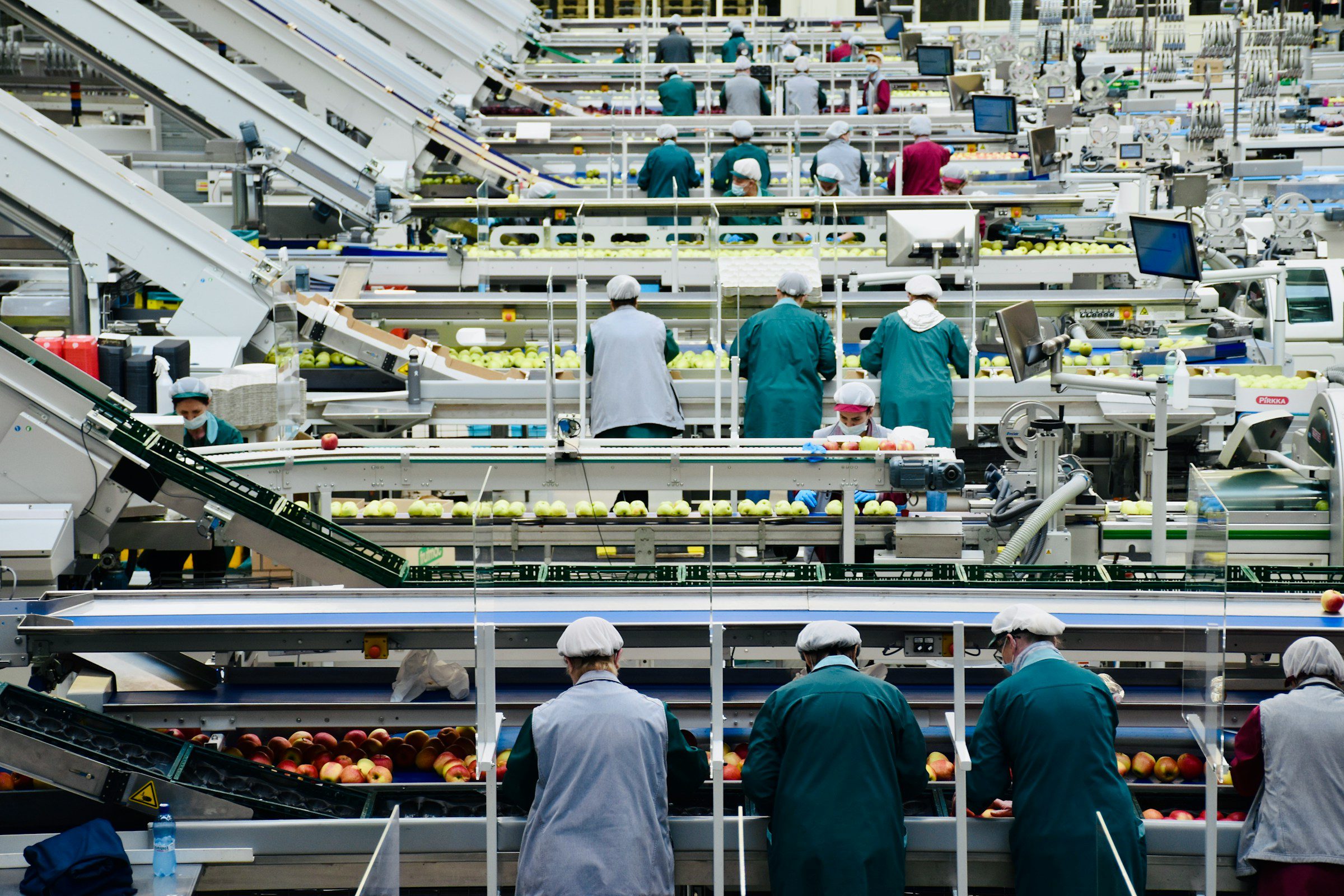Garment production is a bustling industry, driven by consumer demand for trendy clothing at affordable prices. Behind the glamour of fashion shows and stylish storefronts, however, lies a complex web of processes that involve numerous workers laboring in factories worldwide. Ensuring the safety and well-being of these workers is paramount, yet it’s an aspect often overlooked amidst the hustle and bustle of meeting production deadlines and profit targets. In this blog post, we delve into the importance of implementing effective safety measures in garment production, exploring both the reasons behind it and the practical strategies for achieving it.

The Whys and Hows of Implementing Effective Safety Measures in Garment Production
The Crucial Role of Personal Injury Attorneys
When faced with the aftermath of a personal injury, navigating the legal complexities and advocating for one’s rights can be a daunting task. This is where the expertise of a personal injury attorney becomes invaluable. A personal injury attorney serves as a dedicated advocate, guiding clients through the intricacies of the legal system and fighting tirelessly to ensure they receive the compensation they deserve. From car accidents to slip and fall incidents, these attorneys possess specialized knowledge in various areas of personal injury law, allowing them to assess the unique circumstances of each case and develop tailored strategies to pursue maximum compensation. Beyond their legal acumen, a personal injury attorney offers much-needed support and reassurance during what can be a tumultuous and emotionally challenging time. They handle all communication with insurance companies, gather crucial evidence to strengthen the case and negotiate settlements on behalf of their clients. Ultimately, enlisting the services of a skilled personal injury attorney can make a significant difference in the outcome of a claim, providing individuals with the peace of mind and financial relief they need to move forward with their lives.
Why Prioritize Safety in Garment Production?
Human Rights and Dignity:
At the core of any discussion on safety in garment production lies the fundamental principle of upholding human rights and dignity. Every worker involved in the production process deserves to work in an environment where their physical and mental well-being is safeguarded. Failure to prioritize safety not only compromises these rights but also perpetuates a cycle of exploitation and injustice.
Legal and Ethical Obligations:
Beyond moral imperatives, there are legal and ethical obligations that garment manufacturers must adhere to. Many countries have regulations in place to ensure workplace safety, covering aspects such as building codes, fire safety, and occupational health standards. Compliance with these regulations isn’t just a legal requirement but also a moral responsibility towards employees.
Consulting with a local lawyer who understands local labor laws can help businesses ensure they meet these safety standards and avoid potential legal repercussions. Georgia employers who fail to comply with these regulations may face lawsuits, and personal injury attorneys in Duluth, GA, can provide invaluable guidance for workers seeking justice in cases of negligence. Whether it’s a case of unsafe working conditions, lack of proper protective equipment, or employer negligence, these legal professionals play a crucial role in advocating for workers’ rights.
Brand Reputation and Consumer Perception:
In today’s interconnected world, news travels fast, and reputations can be made or broken in an instant. Companies found to be negligent in ensuring worker safety risk facing severe backlash from consumers, activists, and regulatory bodies. Ethical sourcing and production practices are increasingly becoming a deciding factor for consumers when choosing which brands to support.
Worker Productivity and Retention:
A safe and healthy work environment is conducive to higher levels of productivity and employee retention. Workers who feel valued and protected are more likely to be motivated and committed to their jobs. Conversely, a high turnover rate resulting from unsafe working conditions can disrupt production schedules and erode morale within the workforce.
How to Implement Effective Safety Measures:
Conduct Risk Assessments:
Begin by identifying potential hazards in the workplace through comprehensive risk assessments. This involves evaluating each step of the production process, from raw material handling to final product packaging. Engage workers in this process as they often have firsthand knowledge of safety risks and can provide valuable insights.
Invest in Training and Education:
Equip workers with the knowledge and skills necessary to identify hazards and mitigate risks effectively. Provide training on safe work practices, proper use of equipment, and emergency procedures. Regular refresher courses should be conducted to ensure that safety protocols are understood and followed consistently.
Implement Robust Safety Protocols:
Develop and implement robust safety protocols tailored to the specific needs of garment production facilities. This may include measures such as installing fire detection and suppression systems, maintaining adequate ventilation, and implementing ergonomic workstations to prevent musculoskeletal injuries.
Foster a Culture of Safety:
Cultivate a workplace culture where safety is prioritized at all levels of the organization. Encourage open communication channels where workers feel empowered to report safety concerns without fear of reprisal. Recognize and reward adherence to safety protocols to reinforce positive behaviors.
Collaborate with Stakeholders:
Collaboration with stakeholders, including suppliers, contractors, and industry associations, is crucial in addressing systemic safety issues within the garment production supply chain. Engage in dialogue with these parties to establish common standards and best practices that promote safety and ethical working conditions.
Regular Monitoring and Evaluation:
Implement mechanisms for regular monitoring and evaluation of safety performance to identify areas for improvement. Conduct inspections, audits, and health screenings to ensure compliance with safety standards and regulations. Use feedback from workers to gauge the effectiveness of safety measures and make necessary adjustments.
In conclusion, the implementation of effective safety measures in garment production is not just a moral imperative but also a legal and ethical obligation. By prioritizing worker safety, garment manufacturers can uphold human rights, protect their brand reputation, and foster a productive and sustainable work environment. Through a combination of risk assessments, training, robust safety protocols, and stakeholder collaboration, the industry can strive to ensure that every worker involved in garment production is afforded the dignity and protection they deserve.
Read More:










